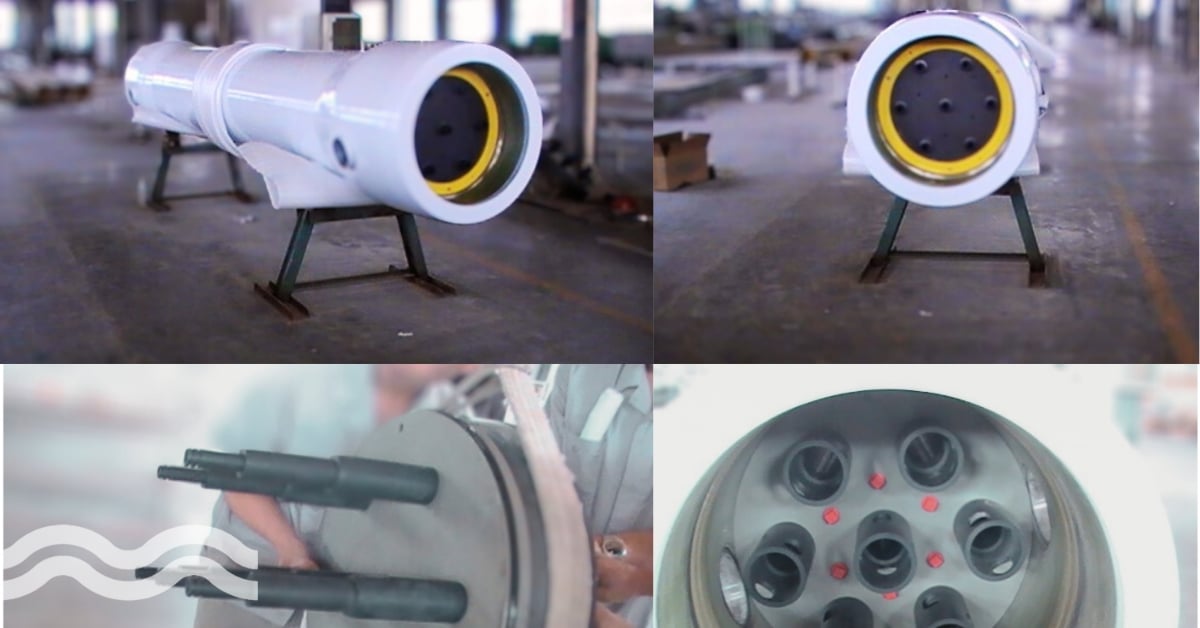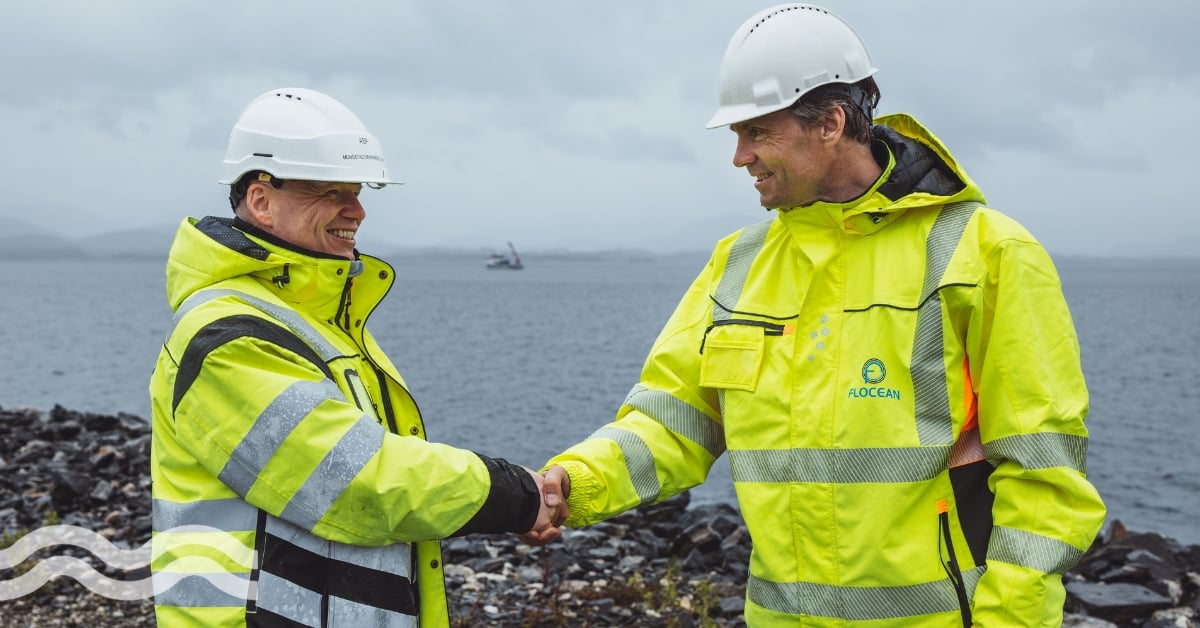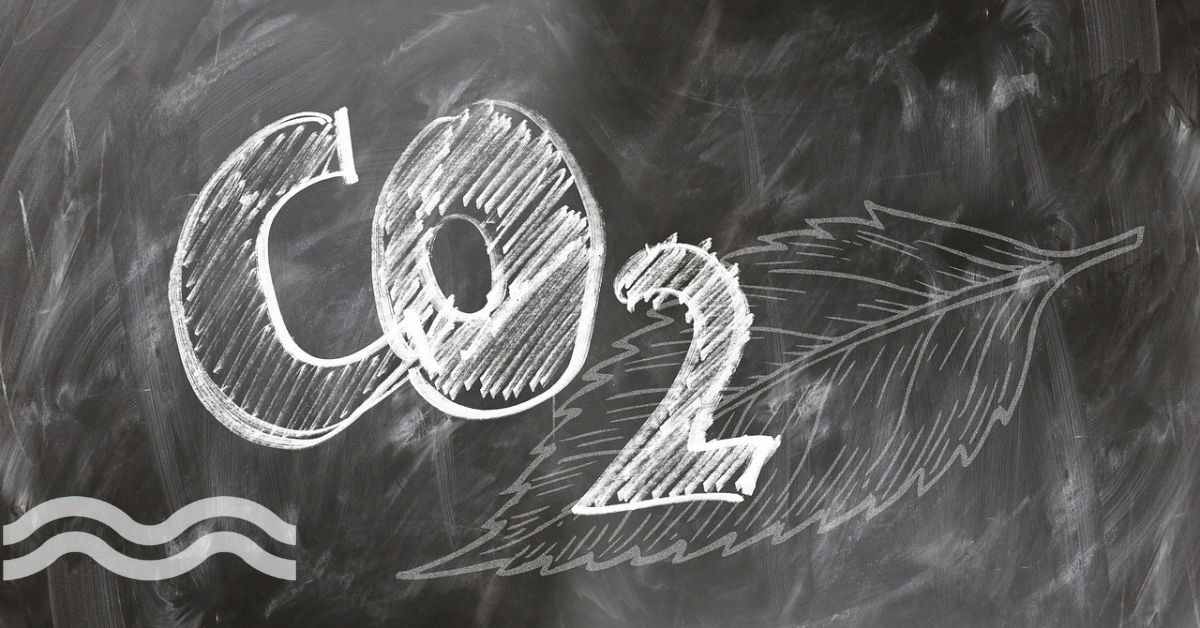Taking the LEAD on improving desalination's energy footprint
Spanish water engineering company Acciona Agua is using one of its Spanish plants to explore how operational tweaks can further improve the amount of energy needed for desalination.
New technologies and configurations
Spanish water engineering company Acciona Agua is using one of its Spanish plants to explore how operational tweaks can further improve the amount of energy needed for desalination.
Called LEAD (Leading Experimental Accelerator in Desalination), the company is testing 10 experimental stations in the San Pedro del Pinatar II seawater desalination plant in Murcia, Spain.
All stages of the desalination process will be covered, including granular filtration, floatation-filtration, flotation, ultrafiltration, nano-filtration, reverse osmosis and membrane distillation.
New technologies and configurations will be assessed in an operational plant using the same intake water and conditions.
The proving ground: San Pedro del Pinatar II
Based on the Spanish Mediterranean coast and starting operation in 2006, the San Pedro del Pinatar desalination plant provides 65,000 m3/day to the end-user, Mancomunidad Canales de Taibilla.
Operated by Acciona Agua, it was over a decade ago that a pilot plant was located there for research & development purposes. Today, more than 10 permanent pilot plants with a combined treatment capacity of up to 45 m3/hour are used to conduct research projects.
“Our target within the project is to decrease energy consumption to 2.0 kWh/m3 with innovative configurations that afterwards can be applied at full scale.”
Olga Ferrer, R&D - desalination & new technologies area manager at ACCIONA Agua, said the San Pedro plant was chosen for several reasons.
Speaking to Aquatech Online, she said: “On one hand, Murcia is a water-scarce region, highly aware of the importance of using alternative water resources and the need to innovate in this regard, and where desalination (as well as an integrated water management) has been in place for a relatively long time.”
The LEAD platform will test new sensors on water quality and explore “optimal operational conditions under different scenarios”.
Currently, SWRO energy consumption is, on average, around 3.0 - 3.5 kWh/m3 (including pre- & post-treatment), and RO energy consumption is approximately 2.5 kWh/m3. However, this figure depends on different variables such as seawater salinity and temperature.
Ferrer added: “Our target within our R&D&i projects is to decrease it to 2.0 kWh/m3 with innovative configurations that afterwards can be applied at full scale.”
As well as evaluating new technologies, the project will simulate common problems faced by desalination plants in the Middle East, including algal blooms and high turbidity episodes.
Benefitting desalination across the Middle East
Findings from the programme could be used to help optimise the performance of the company’s existing desalination plants across the Middle East.
Acciona Agua has also been involved in digital twinning the Al Khobar 1 desalination plant in Saudi Arabia, together with Siemens from Germany.
Ferrer said that while reducing energy consumption "is a key goal", the projects focus on the sustainability of desalination in an integrated way.
“We are working on the decrease of chemical consumption, on increasing water recovery (hence producing more product water and less brines) and on the recovery of resources (e.g. brine mining), fully aligned with circular economy principles.”
Last December, Acciona Agua finished LIFE DREAMER, an EU-funded project carried out in LEAD and demonstrated a highly resource-efficient desalination scheme.
“The results can be implemented in the design, construction, operation and maintenance of desalination plants."
A Life Cycle Analysis revealed a "lower environmental impact than a conventional desalination scheme on all the categories assessed" (global warming, stratospheric ozone depletion,…).
Ferrer concluded: “Due to the characteristics of LEAD (size of the pilot plants, same intake as the SWRO plant and continuous operation), the results obtained are representative of full-scale systems, and hence can be easily transferred and implemented in the market."
“Moreover, due to the R&D&i approach, not only new configurations and systems are developed and validated, but also their optimal operational conditions under a wide variety of circumstances are defined. Therefore, the results can be implemented in the design, construction, operation and maintenance of desalination plants, covering all the activities of ACCIONA and positively affecting the market.”
Related content
- One answer to more sustainable desalination? Go 400M underwater
- Qatar desalination trial provides hope for thermal innovation
- Desalination's digital twin makeover: is it the future?
- Chinese/Spanish consortium to build Hong Kong's desalination plant
We promise never to send you spam and you can unsubscribe at any time!








